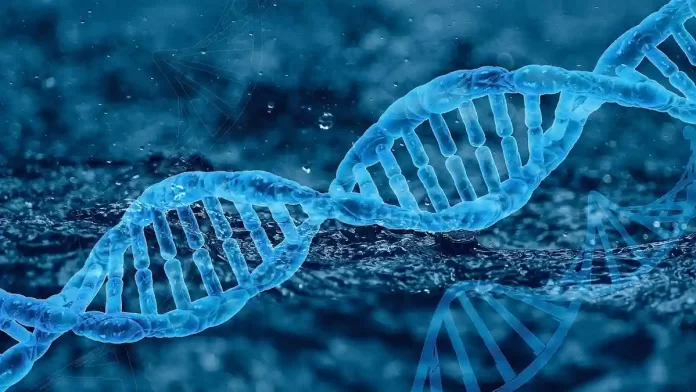The transcriptome is a crucial component of molecular biology, representing the complete set of RNA molecules within a cell or a tissue at a specific moment.
It provides a snapshot of the genes that are actively being transcribed and expressed, shedding light on the dynamic processes that govern cellular functions and development.
Understanding the transcriptome is a fundamental step toward comprehending the complexity of life and various diseases.
In this article, we delve into the fascinating world of transcriptomics, exploring its significance, technologies used, and its impact on various scientific disciplines.
What is the Transcriptome?
The transcriptome encompasses all RNA molecules present in a cell, including messenger RNA (mRNA), ribosomal RNA (rRNA), transfer RNA (tRNA), and other non-coding RNA (ncRNA) molecules.
However, the primary focus lies on mRNA as it carries the genetic information from DNA to the cellular machinery, leading to protein synthesis.
The transcriptome is highly dynamic and varies across different cell types, tissues, and developmental stages.
Changes in the transcriptome are essential for cell differentiation, response to environmental stimuli, and the overall regulation of gene expression.
Transcriptomics Technologies
The study of the transcriptome has been revolutionized by high-throughput sequencing technologies, also known as next-generation sequencing (NGS).
These techniques have enabled researchers to simultaneously analyze thousands of RNA molecules in a single experiment, providing a comprehensive view of gene expression.
The two most common NGS-based approaches for transcriptomics are:
RNA-Seq
RNA sequencing (RNA-Seq) is a powerful method that involves converting RNA molecules into complementary DNA (cDNA) and subsequently sequencing these cDNA fragments.
It allows researchers to quantify gene expression levels, identify novel transcripts, alternative splicing events, and discover non-coding RNAs.
RNA-Seq has become the gold standard for transcriptomics due to its high sensitivity, accuracy, and ability to detect low-abundance transcripts.
Microarrays
Before the advent of RNA-Seq, microarrays were widely used for transcriptomic studies. Microarrays are solid supports (usually glass slides) spotted with thousands of known DNA sequences or probes.
When labeled RNA is hybridized to the microarray, it allows the measurement of gene expression levels for numerous genes in parallel.
However, RNA-Seq has largely supplanted microarrays due to its enhanced dynamic range and unbiased detection of novel transcripts.
Applications of Transcriptomics
Transcriptomics plays a pivotal role in various scientific domains, and its applications are diverse and far-reaching:
Medical Research: Understanding the transcriptome is crucial for elucidating the molecular basis of diseases. By comparing transcriptomes between healthy and diseased tissues, researchers can identify differentially expressed genes associated with specific pathologies. This information aids in the discovery of potential biomarkers, drug targets, and the development of personalized medicine approaches.
Developmental Biology: Transcriptomics has shed light on the complex regulatory networks that govern tissue development and differentiation. By comparing transcriptomes at different developmental stages, researchers gain insights into the genetic programs driving organ formation and cell fate determination.
Cancer Biology: Transcriptomic analyses have significantly contributed to our understanding of cancer. Identifying gene expression profiles associated with various cancer types has enabled the classification of tumors, leading to more targeted and effective treatments.
Pharmacogenomics: Transcriptomics is instrumental in pharmacogenomic studies, where researchers explore how genetic variations influence an individual’s response to drugs. This information can guide the selection of appropriate medications and dosages based on an individual’s unique genetic makeup.
Challenges and Future Directions
Despite its vast potential, transcriptomics also faces certain challenges. Handling and analyzing massive amounts of sequencing data require advanced computational and bioinformatics tools. Moreover, standardization and reproducibility of data analysis remain crucial issues to address.
In the future, single-cell transcriptomics will likely become increasingly prominent, allowing researchers to study gene expression at the individual cell level.
This advancement will provide unprecedented insights into cellular heterogeneity, tissue microenvironments, and cell-to-cell communication.
The transcriptome is a fundamental aspect of molecular biology that holds the key to understanding various biological processes and diseases.
With the advent of high-throughput sequencing technologies, transcriptomics has evolved into a powerful tool that continues to shape our understanding of gene expression and regulation.
As technology advances and data analysis methods improve, we can expect transcriptomics to unravel even more mysteries of cellular life and offer new avenues for medical research and personalized medicine.
